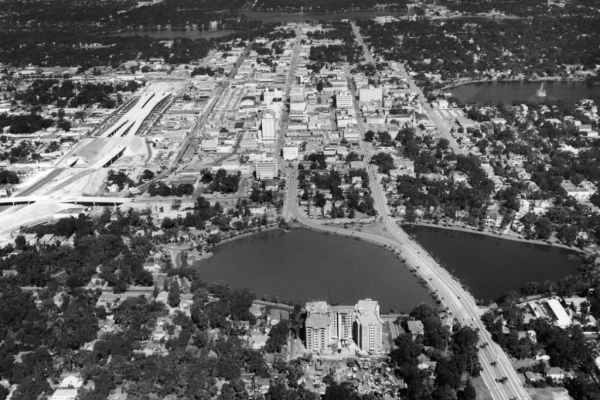
Washington, D.C. —(ENEWSPF)—April 24, 2018
By: Kristina Costa, Lia Cattaneo,
As President Donald Trump promotes his flawed infrastructure plan, a new issue brief from the Center for American Progress shows how it could turn the clock back to a time when the public had limited rights to challenge poorly designed highways, roads, or other projects that destroyed the fabric of local neighborhoods.
The issue brief reviews how low-income neighborhoods and communities of color in Connecticut, Florida, and Minnesota were badly damaged in the 1950s and 1960s by massive highway projects that bulldozed historic areas and left cities more segregated than ever.
These projects were all pushed through before the passing of the National Environmental Policy Act (NEPA), which ensures that both the views of the public and environmental concerns are taken into account when building roads, bridges, and other infrastructure. Under the Trump administration’s plan, it would be virtually impossible for the public to challenge projects that harm air quality, pollute local rivers, or otherwise damage neighborhoods.
Examples of past mistakes include:
- Construction of I-94 through the Rondo neighborhood in St. Paul, Minnesota. The historically black neighborhood was all but demolished when the new highway was built, displacing hundreds of families along with almost 100 black-owned businesses.
- Construction of I-4 and State Road 408 in Orlando, Florida. These highways severed roads connecting the predominantly black Parramore neighborhood with downtown Orlando and isolated the Griffin Park housing project.
- The Oak Street Connector, a six-lane highway running through the heart of New Haven, Connecticut. The highway divides the city, with Yale University and most of downtown on one side and one of the city’s poorest neighborhoods—The Hill—on the other.
Marvin Anderson, co-founder of Rondo Avenue Inc., says the story of what happened to the Rondo neighborhood shows how valuable it is for communities to have a say when big infrastructure projects are proposed in their neighborhoods.
“Had environmental review laws been in place when I-94 was proposed, the residents of Rondo would have been able to voice their objections to having their homes and businesses destroyed to build a highway,” Anderson said. “These laws give communities a voice, and if Rondo had had that chance, we could have wiped out the last 50 years of struggle and disenfranchisement.”
Read the issue brief: “When Communities Didn’t Have a Say: How Federal Infrastructure Dollars Were used to Bulldoze Communities of Color” by Kristina Costa, Lia Cattaneo, and Danielle Schultz.
Source: www.americanprogress.org








